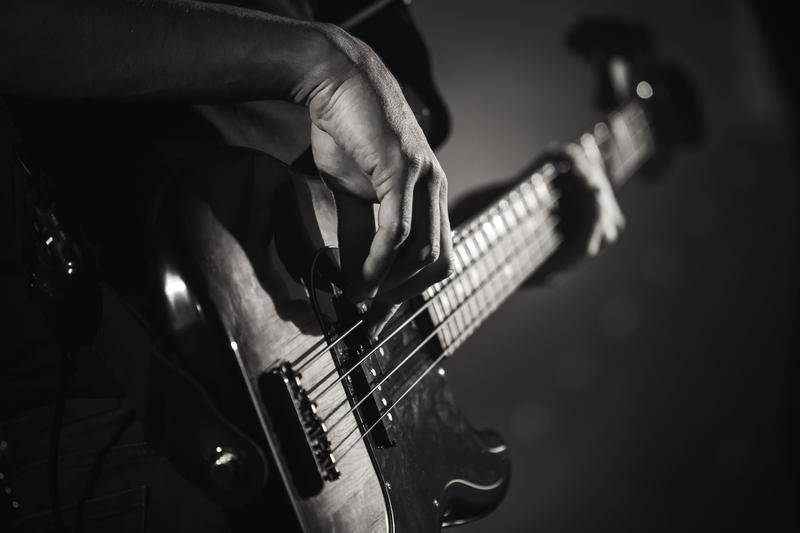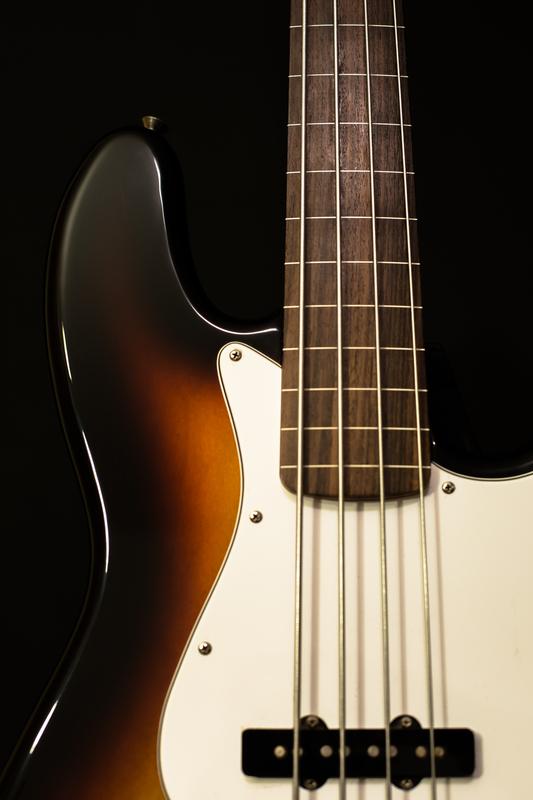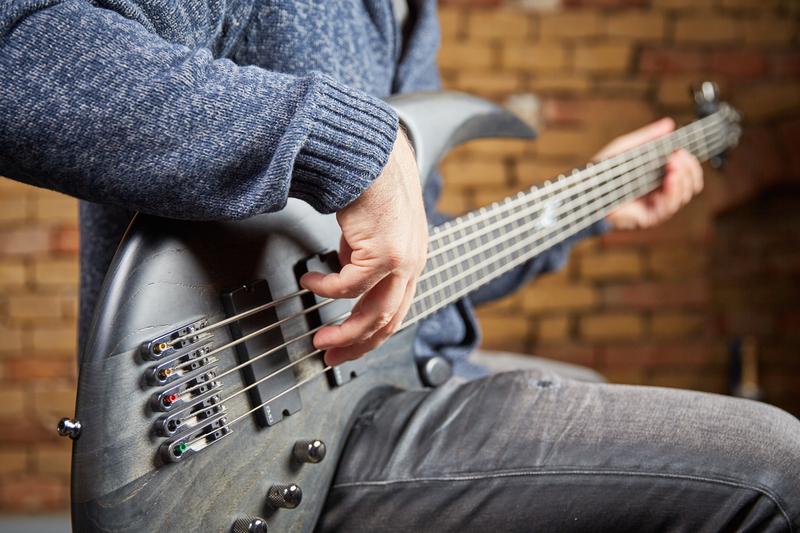Bass Notes: A Step-by-Step Guide for Beginners

A Step-by-Step Beginners Guide to Bass Notes
Learning to play the bass guitar is a dream for millions of aspiring musicians, and it’s an incredible instrument that defines any song. Nonetheless, it can take time to master the bass guitar before you can become the next Paul McCartney or John Paul Jones—two of the greatest bassists ever.
A bass guitar will add texture and character to any song—regardless of the genre. However, for a bassist to achieve this, they need to know the notes on the neck of their instrument. As a result, beginner bass players should start by learning the natural notes on the bass guitar on go from there.
In this article, we’ll help you understand notes and how to learn them:
What Are Guitar Bass Notes?
Bass guitar notes are the building blocks bassists use to play solos, riffs, and chords. You won’t be able to master speed or improvisation without mastering the location of the bass guitar notes on the bass guitar neck.
Although learning bass notes isn’t always the most exciting part of learning bass guitar, it’s probably the most important.
If you’re familiar with other instruments, you’ll likely know where the notes are on a fretted instrument. What’s more, the transition from guitar to bass guitar is simple if you want to learn the notes. That’s because the notes are in the same place on both instruments.
How To Learn Bass Guitar Notes
1. Start With Open String Notes
The first step to mastering notes is knowing the same of the four strings on your bass guitar. As you progress towards more complex basslines, you may use 5 or 6-string bass guitars. However, start by mastering the notes on a 4-string bass guitar first.

Let’s start by learning the four strings without putting your fingers on the fretboard (otherwise called the open position). Begin by strumming each instrument with the lowest string to the highest string. So, this would be E string-Astring-Dstring-Gstring on a bass.
You’re likely in standard tuning—unless the song suggests otherwise—if you’ve tuned your bass like this. Most bassists will play bass with this tuning.
Repeat this exercise twice daily, from low to high and then high to low, to master the notes. In a short time, you should be able to know open bass strings with ease, making you ready for the next part.
2. Build a Notation Chart
The next step is to create your notation chart, a crucial part of the learning process. If you use a notation chart for the location of notes when you play bass, you’ll rapidly boost your playing accuracy.
Many bass players use a vertical notation chart because they’re easier to follow, but it’s up to the bassist. Other bass players follow a horizontal notation chart. However, there is much difference between the two charts.
Once you’ve mastered the open strings E-A-D-G sequence, move up and down the fretboard and practise each fret at a time. Also, practise one note at a time.

3. Learn All The Notes
Once you have a notation chart for each fret on the bass guitar, you can start learning each bass note. Like all instruments, the bass guitar has 12 notes: A, A#, B, C, C#, D, D#, E, F, F#, G, and G#.
Another thing to remember is how you can replace the #(sharp) notes with a b(flat) note. Sharps and flats are important when learning to play bass guitar. Similar to the guitar, the bass guitar’s notes on the scale A to G# are a half step higher than the previous note. Subsequently, you increase the note you play by half a step each time you move up a fret.
As you begin learning all the notes on the fretboard, you should read their names loudly. Over time, you’ll remember the location of the notes as you practise in reverse sequences daily.
4. Master Bass Scales
Learning to play bass scales is an excellent way to speed up your fingers. You’ll also gain strength in your middle finger. A bass scale is a consecutive series of notes played in ascending or descending order; it’s highly important if you want to master the bass guitar.
Every scale starts and ends with the same note (known as the root note). The final note on each scale is also a root note.
Here’s a straightforward way to learn bass scales:
- 1st note (the root note): G
- 2nd note: A
- 3rd note: B
- 4th Note: C
- 5th note: D
- 6th note: E
- 7th note: F#
- 8th note: (the root note, but one octave higher): G
5. Learn to Recognize Octaves
An octave is simply the same bass note at a lower or high pitch. When you learn the musical alphabet, you’ll know there are only 12 notes in music. Musicians will repeat the 12 notes over and over to create different octaves, including octave lower and higher.
The most common way for bassists to play octaves is two strings up and two frets over. As a result, this octave pattern is on any fret of any string as long as you don’t run out of strings.

The Different Types of Bass Guitar Tuning
The standard bass guitar only has 4 strings: G, E, A, and D and they are the same as the guitar—but one octave is lower.
Here are the other types of bass tuning:
5-String Bass Guitar Tuning
You may come across a 5-string bass guitar sometimes. It’s better to start learning on a four-string bass guitar before moving on to 5-strings.
You can tune a 5-string bass guitar by adding extra strings, such as G, B, A, D, and E. You could also play by adding an f g string, E, A, D, G, C. 5-string bass guitars tune all fourths simultaneously.
6-String Bass Guitar Tuning
Consider the 6-string bass guitar when you’ve mastered the other bass guitar strings. You can add an extra high string and a low string. For example, B, E, A, D, G, and C.
How To Keep Your Frets In Tune
It’s always essential to keep your frets in tune when you’re learning how to play bass lines and mastering notes. Here are some ways to do this:
1. Clean Your Bass Guitar and Hands
It’s essential to keep your bass clean when you’re learning to play bass guitar. In addition, always wash your hands to avoid dirt building up around the frets.
2. Keep Your Bass Guitars Safe
You should always keep your bass guitar safe by keeping it in a case. A case will also prevent exposing your bass to humidity and hot temperatures.
3. Always Change The Bass Guitar Strings
When you’re learning to play bass guitar, you need to change your bass strings if you experience dead sounds when your bass is in tune.
However, ensure you stretch the new bass strings to achieve a proper sound by gently pulling up the strings (avoid pulling too hard).
In many cases, bass guitar strings are heavy, making the bass guitar more stable than guitars if correctly maintained and you regularly change the strings.
The Benefits of Becoming a Bass Guitarist

Although learning to play bass isn’t as common as learning to play the electric guitar, it’s a magnificent instrument that enhances your musical skills and helps you understand music theory, harmony, and melody.
Learning bass can also help you understand songwriting. Bands like the Red Hot Chili Peppers have excellent basslines throughout their music.
Here are some of the main benefits of learning to play bass lines:
1. Bass Guitar Is Easier To Learn
This guitar is easier to learn than the regular guitar or standard acoustic guitar because of the frets. You should be able to play songs quicker when becoming a bass player.
2. Playing Bass Makes You a Better All-Round Musician
Being a good bass player is more than standing on stage and strumming a guitar. In truth, bass players are instrumental in determining the direction of the music. Not only do they dictate how the song sounds, but they can influence how the song feels.
3. Playing Bass Helps Your Gigging Career
There are fewer bass players than regular guitarists in the world. Therefore, it’s easier to join a band and play gigs. In addition, you can always use your bass-playing skills to master playing the regular guitar.
3 Tips for Perfecting Bass Lines
Once you’ve mastered the art of bass notes, you’re ready to play your favourite bass lines or create your own. Learning to play your own bass lines, however, takes time and practice. Many music fans consider bass lines to be the most important part of playing bass.
Here are some steps to playing bass lines:
- Check for timing – the bass guitar is an instrument based on rhythm. As a result, it helps to create the pace and tone of a song. So you must check the tempo of the song to build a bassline that matches the rhythm.
- Find a key – Finding a key is essential when building bass lines. You can master finding a key by practising bass scales and spotting the root note.
- Pick apart the chords – Listen to the chords of a song and break them down. You’ll notice the chords of any song after some practice, resulting in the ability to create better bass lines and the potential to play chords more efficiently.

Master Bass Playing Today
Learning bass is fundamental when learning to play bass. However, don’t let this overwhelm you. The best and easiest way to learn notes is through our online bass-playing course.
We also have songwriting courses, guitar courses, and music production courses to help you become an all-around great musician.
From the blog

Rockstars in Training: The Best Kids’ Electric Guitars for 2024

Redefining Your Riffs: How Electric Guitar Strings Shape Your Sound


